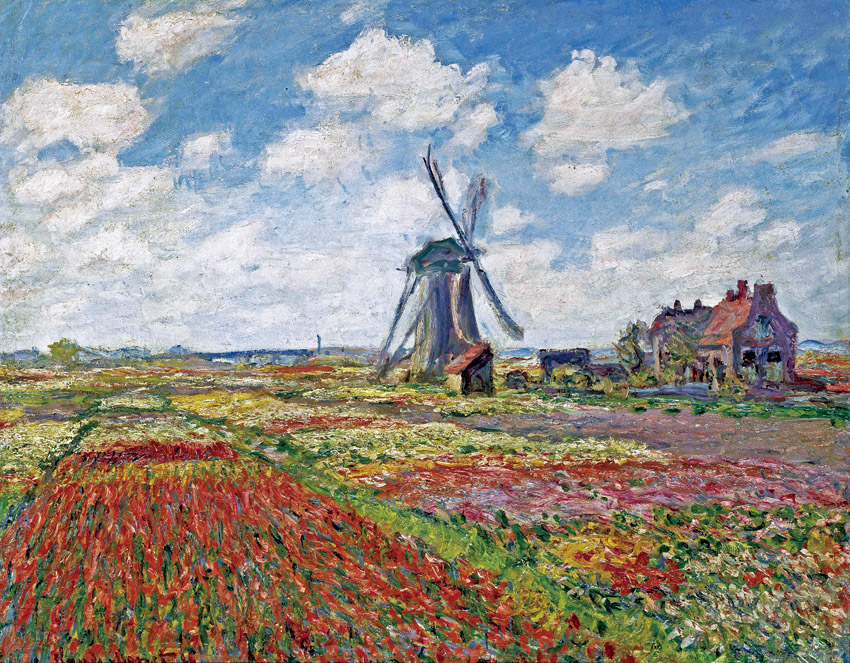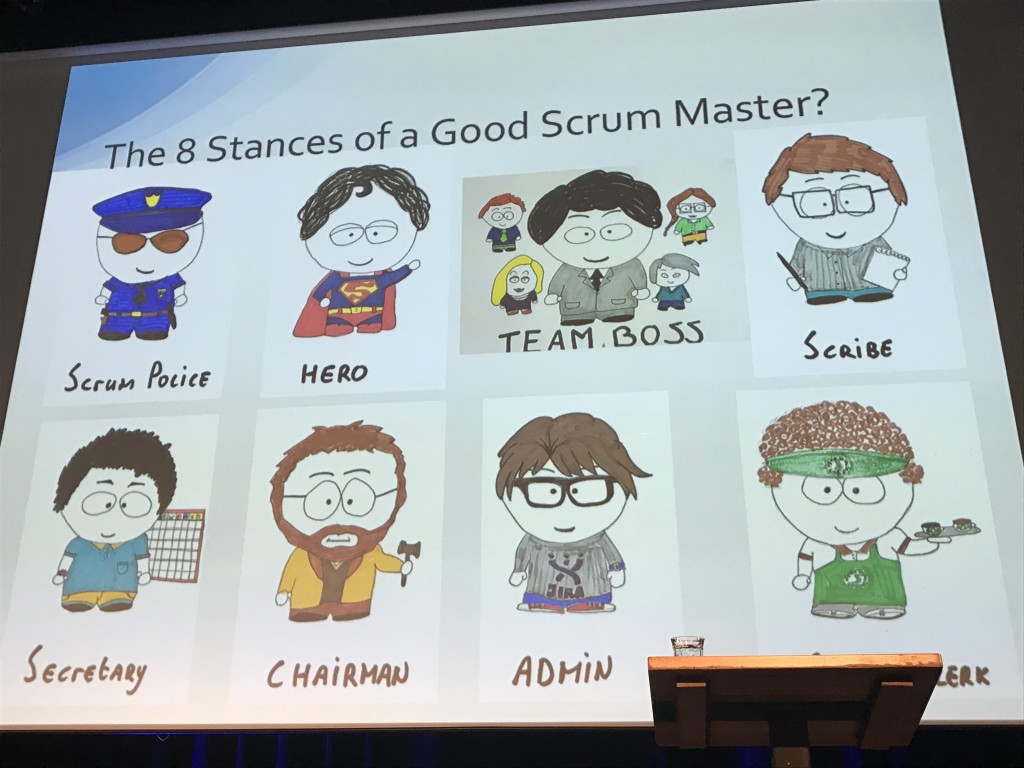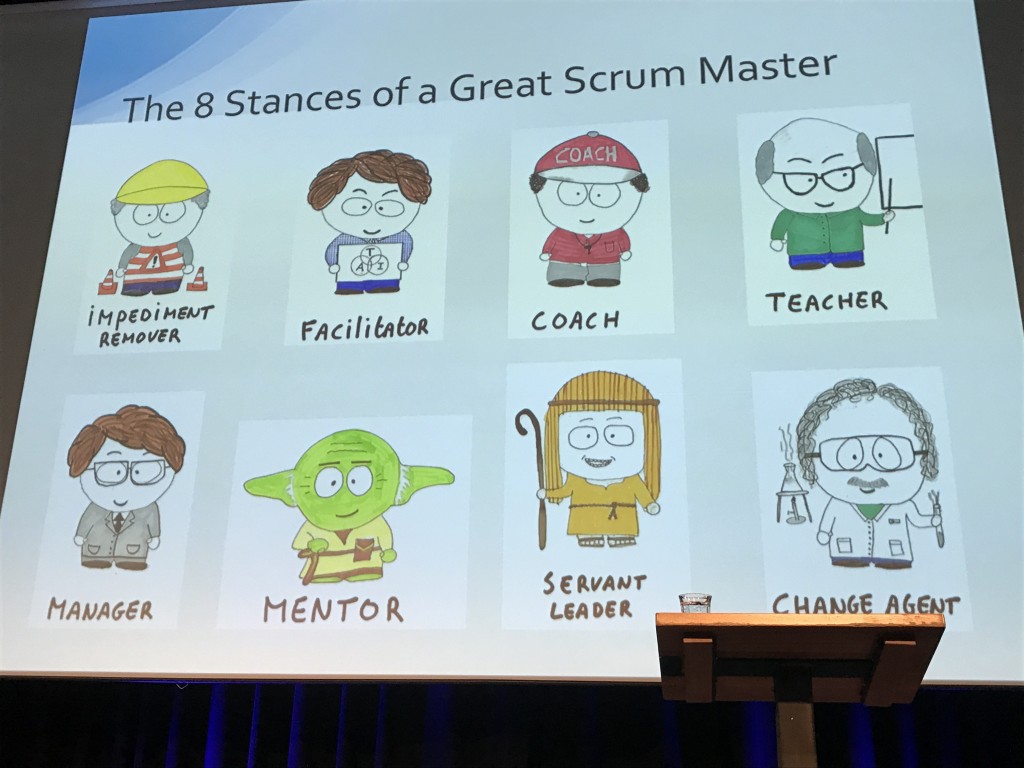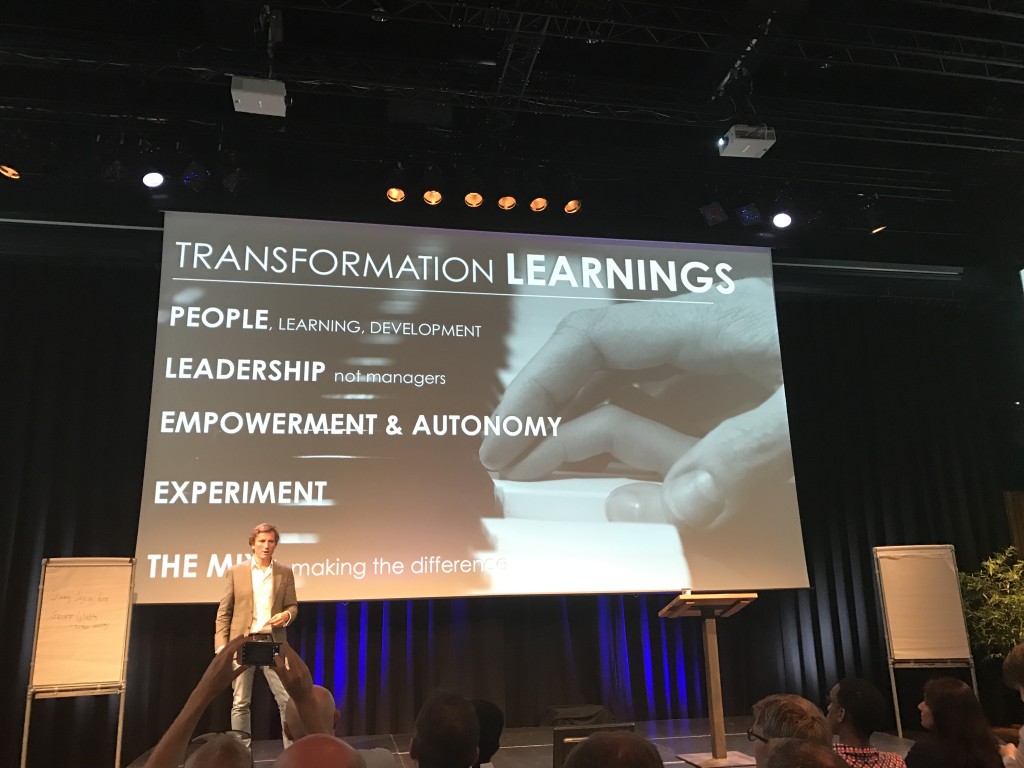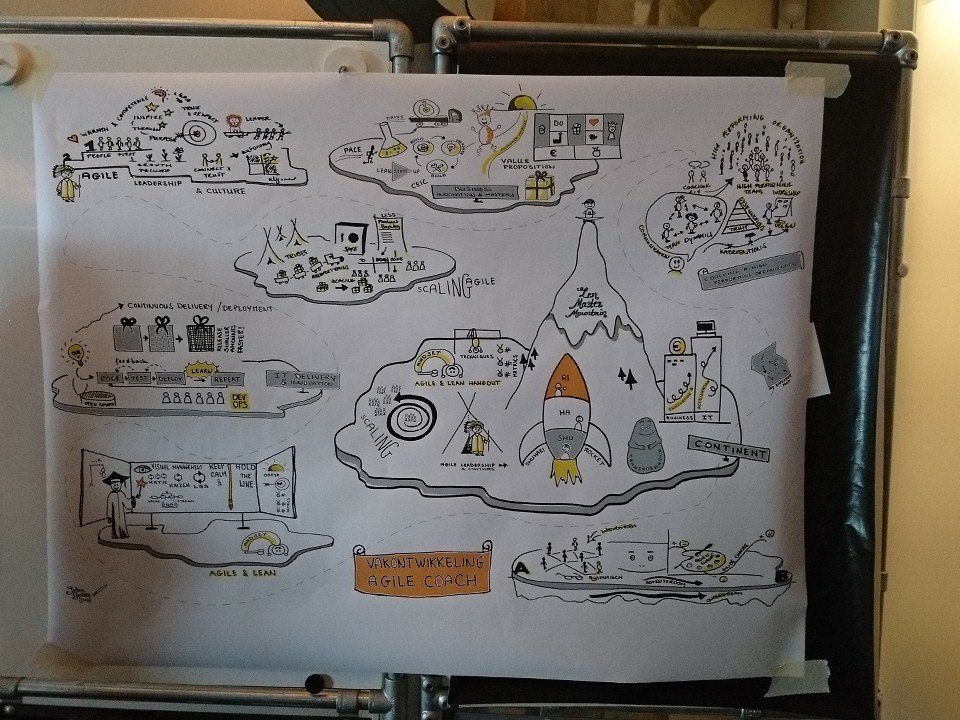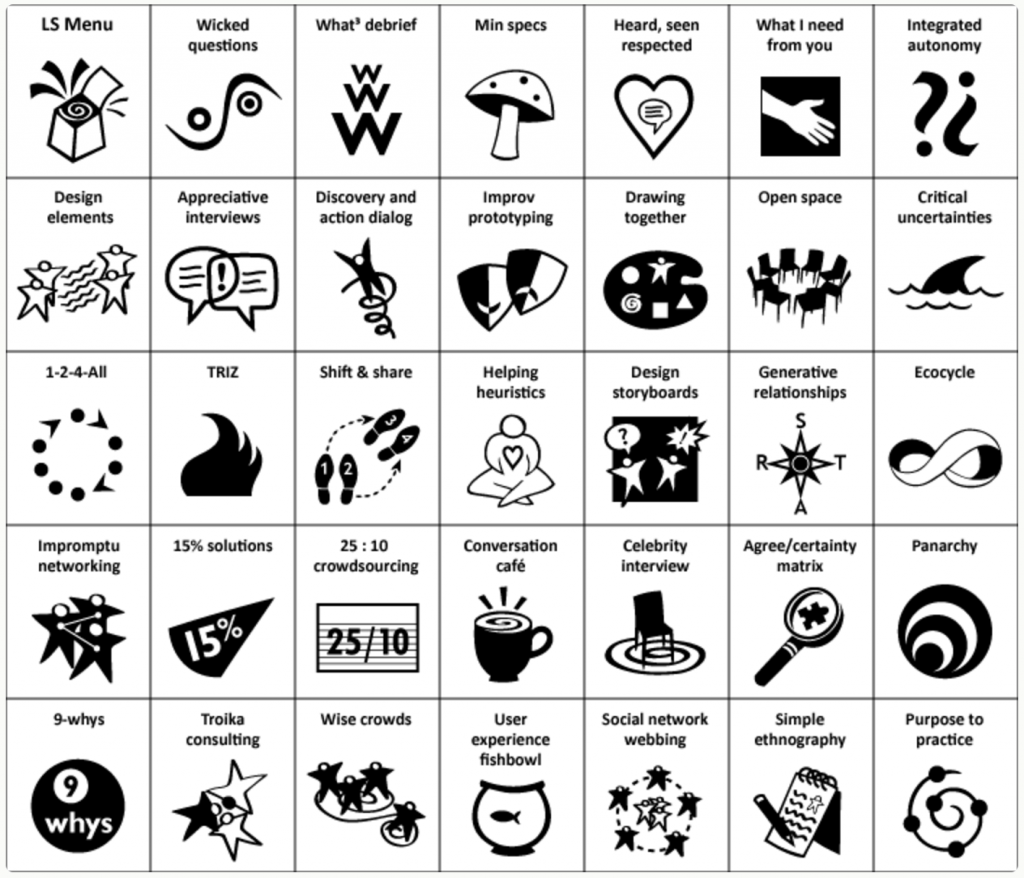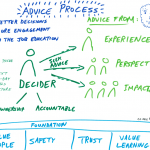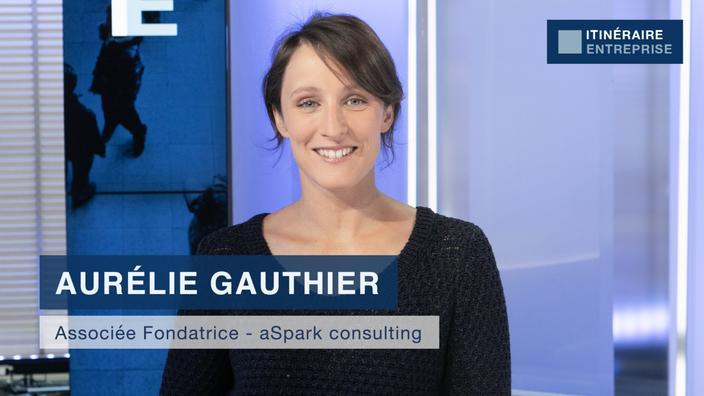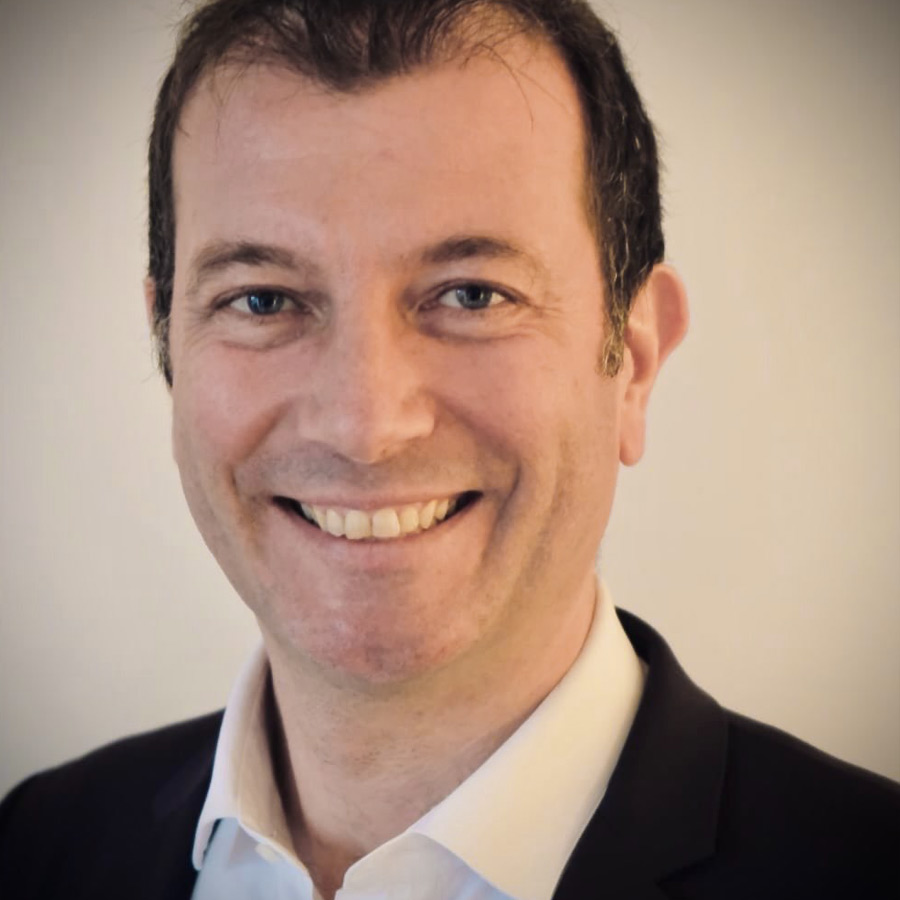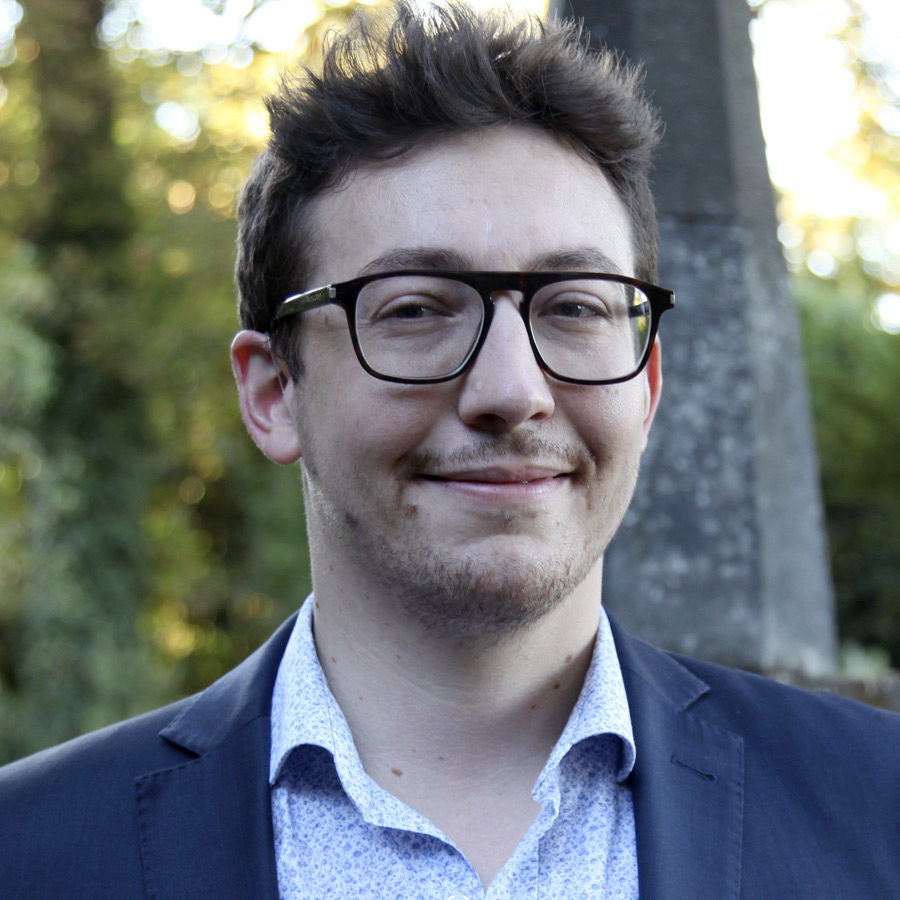Scrum Day Europe 2017: yummy!
Last July 6th, aSpark travelled to Amsterdam for the Scrum Day Europe 2017 event (#SDE2017 on Twitter). Theory, methods, and tools are always easy to learn. But how to actually do it, how to deploy agile and scrum, how to convince people is a bit tougher. The Scrum Day Europe 2017 conference brought many answers to these questions, with workshops and keynotes full of sharing experiences, and mentoring from Scrum personalities. From Agile Leadership development in organizations, to Scrum Masters’ stances, going through feedbacks (KPN and ING), and 50+ participants workshops (and they went perfect), it was a great day. The day was even splendid thanks to the wonderful weather, an outstanding venue (Pakhuis de Zwijger), and last but not least, awesome people (both speakers and participants): relaxed, passionate, always listening, and eager to learn from others. I won’t be able to convey everything, but just keep in mind that session videos are available on youtube (see at the end of this article).
KEYNOTE #1: In a Scrum environment, everyone is a manager (Peter Koning)
In a Scrum environment, the leadership is not any more concentrated on a sole manager: leadership is decentralized and distributed over the whole organization. Thus everyone is a manager, or even better, everyone is a leader. In order to make an organization evolve towards agility, everyone should develop his/her agile leadership. Peter Koning presented us his Agile Leader toolbox.
a. Let the team take ownership. And it is truly a sensitive balance between freedom and impact maturity.
When a team delivers impact, you can give them more freedom. The Ownership in the team will often thrive and they will find new ways to deliver even more Impact. One team might feel lost in all the freedom you give them, they don’t know what to do, where to start and they don’t oversee the consequences of their actions, causing risk. Another team might feel frustrated, demotivated.
b. Time to Learn is even more important than Time to Market, especially in a fast changing environment.
T2L (Time to Learn) is the time needed between: idea, built it, deploy it, gather data from users and learn. Over the past years, many companies have shortened their time to market. They have improved their production efficiency to shorten the time it takes. It’s important to improve the time to market (T2M). But a new mindset is necessary when markets are changing rapidly, new competitors come and go faster and faster, big software companies try to enter your market and new technology mature even faster. It’s impossible to strategically plan a year ahead let alone a few years ahead when the above things happen. The market isn’t predictable, you can’t plan against too many unpredictable factors. You need a new mindset in your organization: the time to learn (Time2Learn or T2L).
c. Design better habits.
The routine for a manager is to give orders, which provides him with a short term relief. But he will not get any long term reward since the team will always be expecting instructions from him. Hence the manager must change his/her habits. Although the intermediary situation makes him/her feel very uncomfortable: by letting things go, there is no short term relief but only stress, and worse, the long term relief is not there because only letting things go won’t solve the problem! The manager must understand how to lead a team without giving orders, he must learn how to facilitate a workshop, which provides short term relief but also a long term reward: ownership is now shared with the team.
d. Inspire to the goal.
The idea here is to maximize the Customer Impact. The team must always focus on the customer to improve the business value and the impact. By applying this new toolbox, the whole organization can become more responsive (response time x4), and self-managing teams take ownership of customer impact maximisation, and become better at dealing with unexpected and complex challenges.
KEYNOTE #2: The 8 stances of a Scrum Master (Barry Overeem)
Those pictures are awesome. In addition, Barry Overeem helps Scrum Masters adjust their stance (if by any chance, they were in one the 8 bad stances), and remind them to develop the 8 good stances below. His advice to beginner Scrum Masters is to first develop the « Teacher », « Facilitator », « Impediment Remover », and « Servant Leader » stances. If you are an experienced Scrum Master, then you can also develop the next 4 good stances: « Coach », « Mentor », « Manager », and « Change Agent ». Listen to him directly here.
Bad:
Good:
White paper here.
KEYNOTE #3: « Scrum as a result, not a solution » (Leon Bedaux)
Really disappointed that Leon Bedaux’s session is not available on « Live @ Scrum Day Europe 2017 » because, really, his personality is a proof by itself that top managers should aim at acting more agile. He is a daring and bold manager like everyone wishes they had. During his speech, he confirmed that number 1 lever for agile transformation is people:
- People should always be learning and developing.
- Managers should aim at becoming leaders and more and more open to participative management.
- Empowerment and autonomy of the teams are crucial to build high performing and responsive teams.
- At last, experimentation should be bolstered in the company culture.
But there is no magical recipe! Each company has to find the perfect mix of these 4 ingredients to make the difference.
More interviews of Leon Bedaux here:
WORKSHOP #1: An ING view of the Agile Coach of the future.
A very nice team (Ruben Jannink and Maurice van Wijk) presented us ‘how to become a great Scrum Master’ according to their experience at ING. They have made a drawing to support their vision: it takes form as an archipel, in the middle of which is a continent that represents the minimum skills to have for a Scrum Master. To become a great Scrum Master, you can visit the additional islands: agile leadership and culture, scaling agile, business innovation and mastery, transformation, coaching a high performing organization, agile and lean, continuous delivery and deployment. The very surprising moment of that workshop was when we discovered that we were all scrum masters with very different backgrounds (IT or not), with very different expertises (transformation or not, lean or not, DevOps or not, etc.), aiming all at becoming one day a great Scrum Master by developing all the below areas.
WORKSHOP #2: Liberating structures.
This workshop provided us with many awesome tools adapted to large groups. You can discover them all directly onto the related website. Basically, the idea is to provide just enough structure : too little structure leads to chaos and frustration, while too much structure kills creativity and fun.
KEYNOTE #4: « Scrum – The Good, the Bad and the Ugly » (Rini van Solingen)
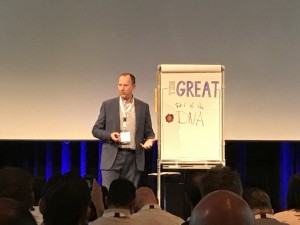 Nice wrap up keynote about pros and cons of agility and scrum by Rini van Solingen, IT researcher, professor in global software engineering, IT management, Agile leadership, Scrum. His moto: Making the world of professionals a bit better day by day.
Nice wrap up keynote about pros and cons of agility and scrum by Rini van Solingen, IT researcher, professor in global software engineering, IT management, Agile leadership, Scrum. His moto: Making the world of professionals a bit better day by day.
Scrum has and is still significantly changing the world of work. What started originally with a practical survival strategy for software development has emerged into a complete new way of structuring work, teams and even whole organizations. Despite the power of Scrum, there are also drawbacks and risks. He summarized his learnings into a list of 9 good’s, bad’s and ugly’s.
3 good things about Agile:
Agility lies in « DONE ». No tunnel effect, concrete outcomes delivered at a good RHYTHM. In addition, agility is SELF-CLEANING: constant feedbacks and « inspect & adapt » make people stop doing unproductive stuff.
3 bad (nasty) things about Agile:
Firstly, the PO TRICKS: « The product owner decides. OK but how? Well, the product owner decides. OK! but HOW?! ». Secondly, the DYSFUNCTIONAL TEAMS. When deploying Scrum, it is important to remember a Lean principle: « Bring work to people instead of people to work ». And thirdly, agile is TOO SIMPLE to understand despite the complexity of its deployment, especially at scale.
3 ugly things about Agile:
Agile is HYPE and people talk about Agile and Scrum everywhere, sometimes with lack of experience and knowledge. DEADLOCK OF TEAMS is hard to avoid when the mindset and the agile maturity are not homogeneous. At last, Agile is EASY TO ABUSE but « Standing up and putting sticky notes is not Scrum ».
But the great thing in all this is that Agile and Scrum have become part of the DNA of coworkers all around the world, which is a very positive evolution for quality, coworker wellness, and innovation. So… let’s continue!
The world is changing, we need to be able to adapt in order to survive. People don’t resist change, people resist being changed. Being agile is maximizing Learning and Innovation. David J. West shared great insights about the Heart of Scrum: inspect and adapt through transparency. It is all about each one of us building a natural system: find areas of the organization that are ready to change (usually driven by customer needs or by market threat). Recruit people who are ready to change. Help them change by protecting and supporting them. Remove sources of « heat » and friction. Use the power of communities and peer networks to grow. Focus on evidence to drive success.
Sources :
Scrum Day Europe 2017 event
https://www.scrumdayeurope.com/
Peter Koning articles: https://www.linkedin.com/pulse/agile-ownership-workshop-peter-koning, https://www.linkedin.com/pulse/agile-manager-3-practical-tips-peter-koning?trk=prof-post, https://www.linkedin.com/pulse/3-tips-improve-your-strategic-time2learn-peter-koning, https://dev.agileacademy.nl/wp-content/uploads/2016/12/Peter-Koning.pdf
Barry Overeem: https://youtu.be/Ts2Tl82fcXQ, http://www.barryovereem.com/wp-content/uploads/The-8-Stances-of-a-Scrum-Master-Whitepaper-v2.pdf
Leon Bedaux: https://venitism.wordpress.com/2017/03/06/leon-bedaux-bares-his-soul/, http://www.mckinsey.com/business-functions/digital-mckinsey/our-insights/kpn-dials-up-a-new-digital-strategy
ING Agility deployment: http://www.mckinsey.com/industries/financial-services/our-insights/ings-agile-transformation, https://www.linkedin.com/pulse/19-lesson-agile-transformation-from-ing-yes-bank-michael-cowen
Liberating structures: http://www.liberatingstructures.com/ls-menu/
Rini van Solingen: http://rinivansolingen.nl/?lang=en
